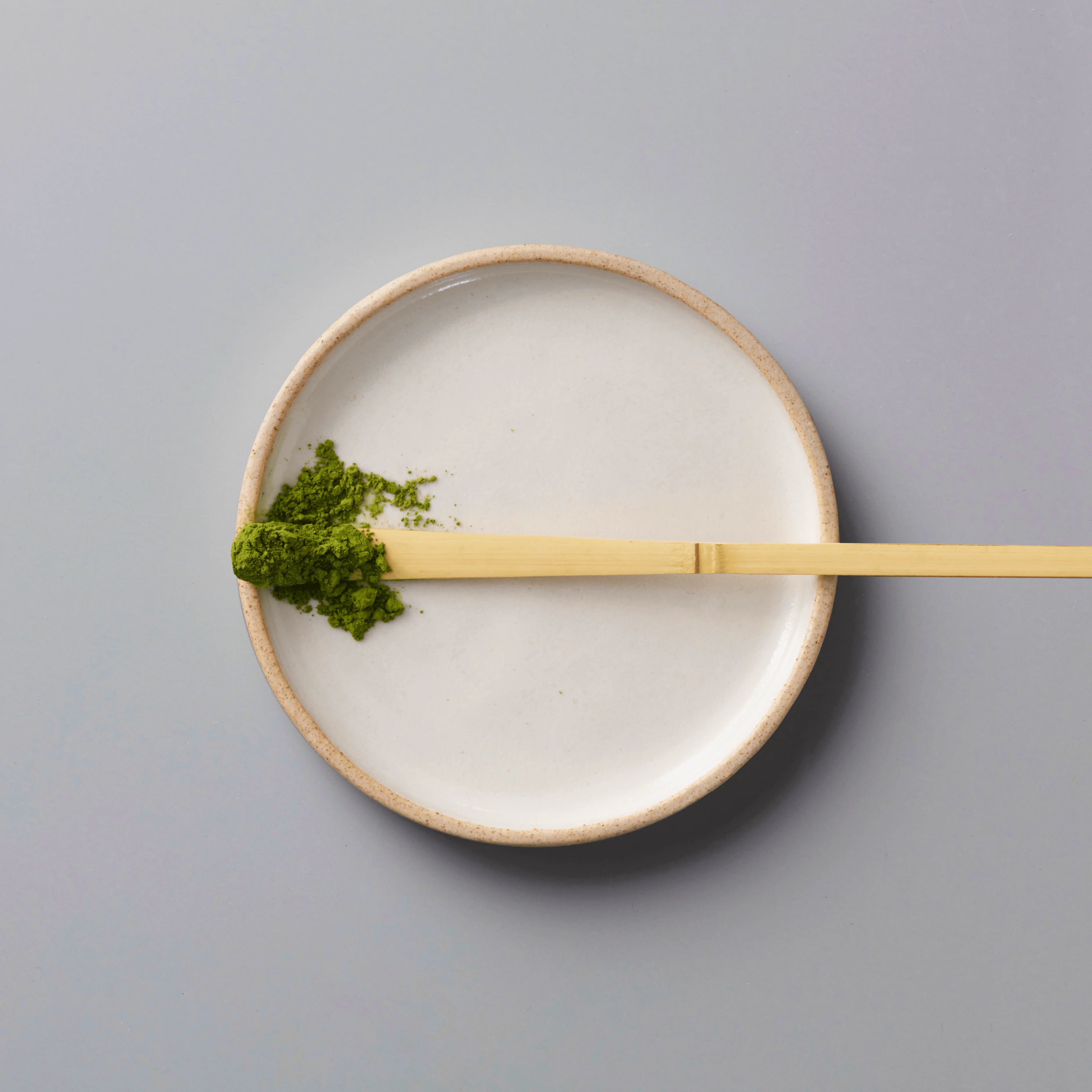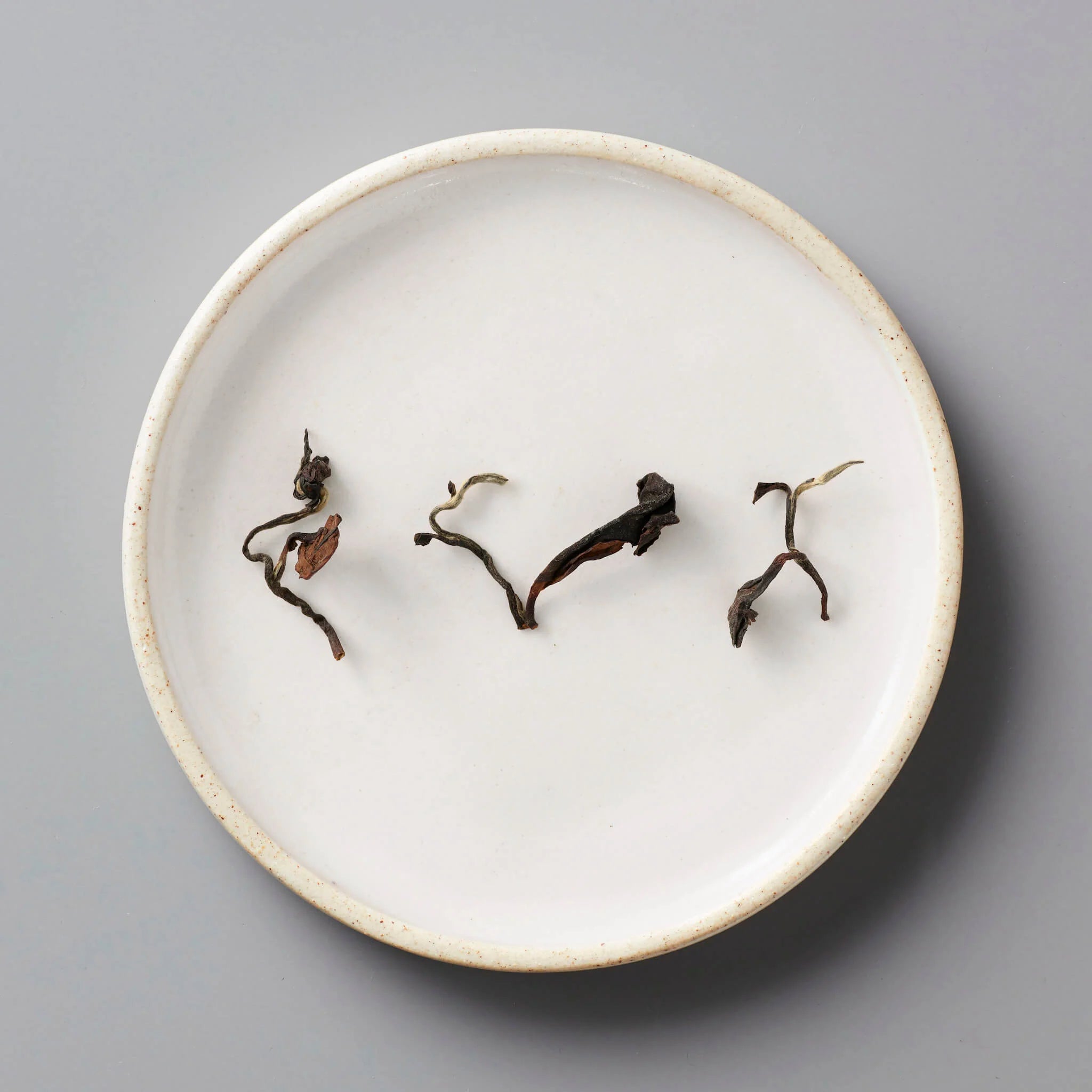Terroir and coffee variety: a unique interaction
In addition to environmental conditions, the choice of coffee variety plays a crucial role in the final flavor profile. Different coffee varieties, such as Bourbon or Geisha, react differently depending on the terroir in which they are grown. For example, a Bourbon coffee grown in Ethiopia, where the soil is rich in organic matter, will produce distinct floral and fruity notes. By contrast, the same Bourbon grown in the Colombian Andes will have a sweeter profile, with notes of caramel and chocolate.
This interplay between terroir and coffee variety provides growers with fertile ground for experimentation. By growing specific varieties in precise environments, growers can create coffees with unique flavor profiles, bringing diversity and richness to the global specialty coffee offering.
The challenges of terroir in today's coffee market
In today's market, where consumers are increasingly attentive to the origin of their products, terroir has become an essential selling point. Coffees from recognized terroirs, such as the high plateaus of Guatemala or the mountains of Ethiopia, are highly prized for their superior quality and distinctive flavor profiles.
However, terroir also presents challenges, not least because of climate change. Rising global temperatures are forcing growers to cultivate coffee at ever higher altitudes to maintain the quality of their harvests. In some regions, conditions that were once ideal for growing coffee are disappearing, forcing growers to adapt or relocate their crops.
Despite these challenges, the emphasis on terroir and altitude in specialty coffee will continue to evolve. Consumers are increasingly looking for traceable coffees from specific regions, and are willing to pay a premium price for premium coffees from unique terroirs. For producers and roasters like us at 94 Celcius, this represents an incredible opportunity to educate our customers and introduce them to extraordinary coffees.
How altitude influences grain characteristics
The differences between coffees grown at high and low altitudes are not only gustatory, but also physical. Coffee beans grown at higher altitudes are generally denser, harder and smaller than those grown at lower altitudes. Indeed, at high altitude, the slower ripening process allows the beans to develop a denser cell structure. This better preserves the aromas during roasting, resulting in a richer, more complex cup of coffee.
By contrast, coffees grown at lower altitudes, often in warmer environments, tend to be sweeter and less acidic. These coffees are generally destined for mass production, as they are easier to grow and have higher yields. However, they often lack the complexity of high-altitude coffees, making them less prized in the world of specialty coffee.









